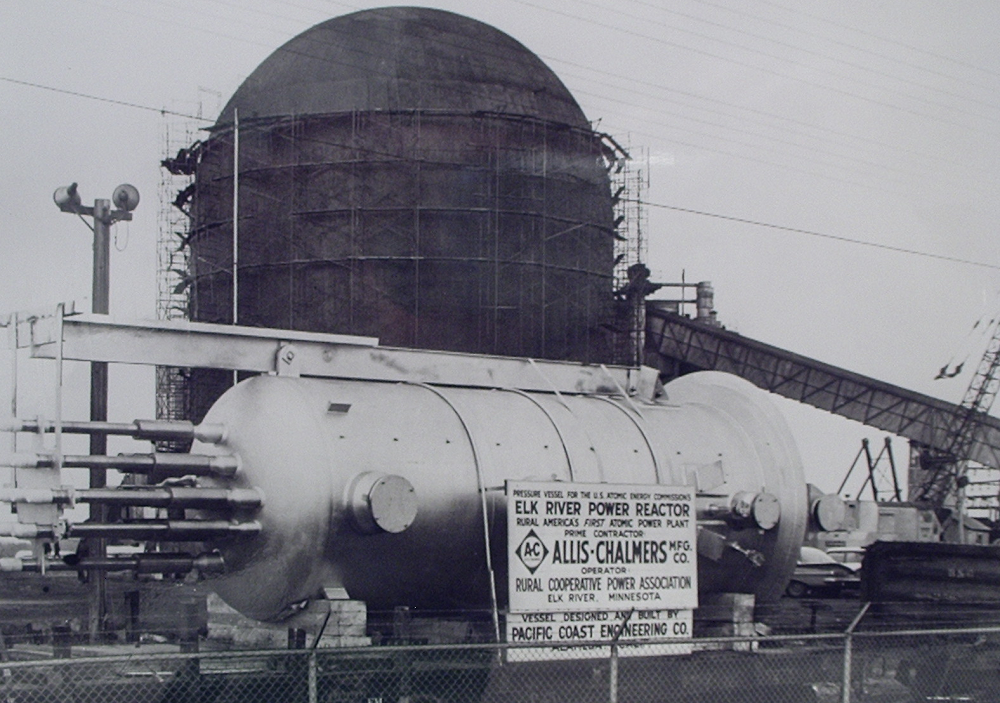Part Two of Three Parts (Please read Part One first)
The AEC was the predecessor of the Nuclear Regulatory Commission. It was very interested in the development of small nuclear power reactors. Beginning in the 1950s, there were proposals for small nuclear reactors and, eventually, seventeen such reactors with outputs under three hundred megawatts were built, many with the support of the AEC. The AEC funded its first reactor project in 1955 in the hope that the small reactors would be prototypes for large power reactors. The AEC funded three of four designs submitted. The three reactors were the Yankee, the Dresden-I and the Fermi-I. While the Fermi reactor experienced a meltdown that could have be catastrophic for the nearby city of Detroit, the other two were built and operated successfully. The Yankee generated one hundred eight five megawatts and ran for thirty one years. However, it took sixteen years and six hundred million to decommission.
Ironically, the AEC saw the ultimate goal as developing really big nuclear power reactors because they felt that economies of scale would make them more viable in the marketplace. They understood that a lot of the costs associated with constructing a nuclear power reactor did not scale in a linear proportion to the amount of energy generated. For example, it does not cost twice as much for the concrete to build a reactor that generates twice the power and it does not take twice as many people to operate it.
A 1961 article in Science Magazine by a senior staffer of the AEC concluded that “competition from fossil fuel plants is indeed formidable” and suggested that “with current pressurized-water reactor technology, lower nuclear power costs can be achieved most readily with large plants.” In the early 1960s, consortiums of utilities were formed to take the power generated by a large reactor because a single utility company could not use all the electricity produced.
On the other hand, at the first International Conference on the Peaceful Uses of Atomic Energy, a senior executive of a Los Angles utility made a case for small nuclear reactors. He said that due to the fact that there would need to be many more small reactors built to supply the same energy as one large reactor, the economies of scale of mass manufacture could reduce the ultimate cost of small reactors to less than the cost of large reactors they replaced. In addition, the operators of small utilities, especially in rural areas, could not afford to buy electricity from remote large reactors.
The AEC listened to the arguments made for small nuclear power reactors and issued a second round of funding to build small reactors that would be used to actually generate electricity for utilities. Seven reactors designs were proposed and two were built. A twenty two megawatt reactor was built in Elk River near Minneapolis, MN and a twelve megawatt reactor was built near Piqua, OH. Later, an additional two reactors were funded by the AEC as part of the program, including the Boiling Nuclear Superheater (Bonus) reactor in Punta Higuera, PR and the La Crosse boiling water reactor in Genoa, WI.
(See Part Three)
Elk River Reactor:
